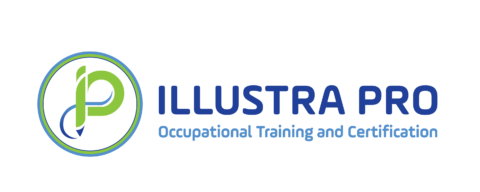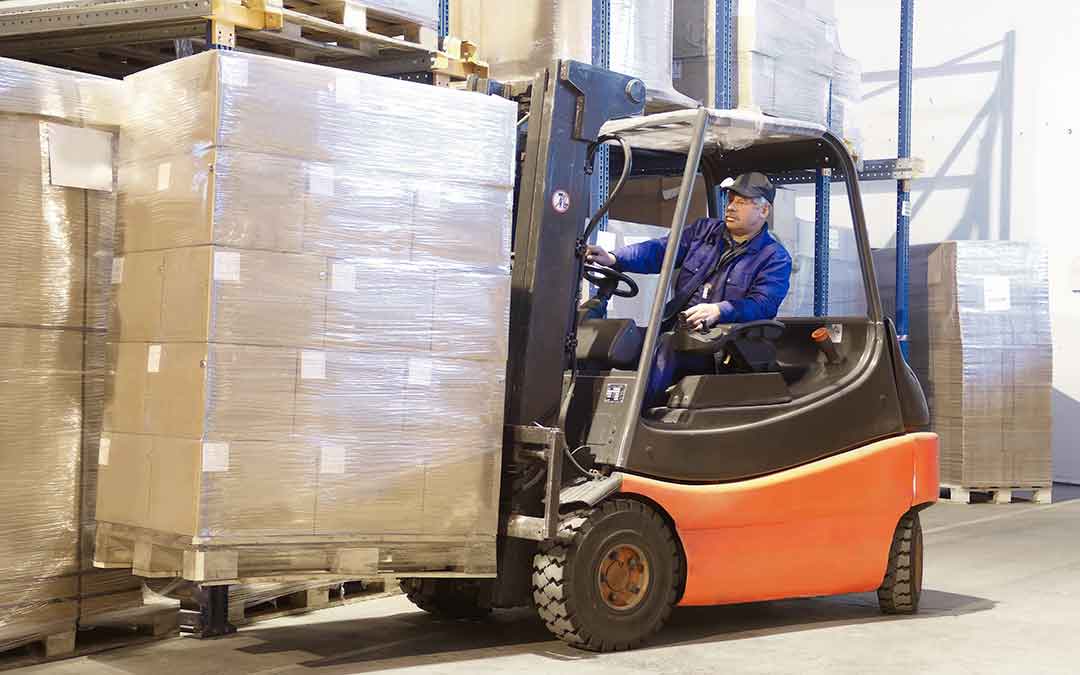OSHA states that only trained and competent operators can operate a powered industrial truck. All powered industrial truck operators must be trained and certified by their organizations.
Using a forklift can improve operational efficiency in various settings like warehouses or docks, however, it does not come without challenges and hazards. Reports have shown that forklifts were the source of over 70 work-related deaths and nearly 25,000 DART cases in recent years.
Such figures emphasize the extent of efforts organizations must place on having workers be a safer forklift operator. In this article, we’ll briefly go over operational scenarios in which forklifts are used. After that, we’ll dive into hazards associated with using a forklift and critical rules of safe forklift operations that can help you become a safe forklift operator. Let’s begin!
Understanding Powered Industrial Trucks
Forklifts, also referred to as powered industrial trucks, are used in many industrial settings for moving material from one location to another. In addition, they can also be used for raising or lowering large items or multiple smaller objects stored in containers like boxes or crates. Some of the different types of forklifts and their uses include:
| Forklift Type | Uses/Application |
| Counterbalance Forklifts |
● Indoor and outdoor usage. ● Used for lifting and moving materials. ● Suitable for circular transport and smaller aisles. |
| Reach Forklifts |
● Mostly used for indoor projects. ● Used in narrow areas where counter. balance forklifts can not reach. |
| Side Loader Forklifts |
● Used in indoor and outdoor settings. ● Used for loading and loading in narrow aisles. ● Suitable for longer materials. |
| Rough Terrain Forklifts |
● Designed for outdoor projects. ● Ensure material transport in different weather conditions. |
| Pallet Forklifts |
● Less costly. ● Used in indoor and outdoor settings. ● Not suited for heavier loads. |
These trucks can either be driven by an operator or controlled remotely. Some of the benefits of using forklifts in logistical settings include:
- Low Noise – modern forklifts have low noise which creates a work-friendly environment.
- Increased Productivity – using forklifts helps move items faster which streamlines operations leading to better productivity.
- Safer Alternative To Manual Labor – limited human involvement in tasks that require heavy lifting which lowers the risk of injury.
Hazards Associated With Forklift Operations
While forklifts do have their own set of benefits and are a safer alternative to manual labor, they are not immune to hazards. To be a safer forklift operator, it’s essential for one to know that some of these hazards include:
1. Improper Use
This is one of the most overlooked hazards of using a forklift. Improper use of a forklift can prevail in the form of speeding, taking sharp turns, or lifting material beyond the machine’s capacity.
2. Blind Spot
When a forklift is carrying material of any sort, the operator’s view can become partially obstructed. Neglecting these blind spots can lead to accidents causing harm to those passing by, the operator of the machine, and damages to the material being transported.
3. Unsecured Load
This hazard prevails when a forklift is carrying material above its weight capacity. In addition, it can also result from individual attachments like clasps not being secured as needed. This causes the load to be unstable leading to the risk of it falling off the equipment and causing damage to the goods or injuries to individuals.
4. Inadequate Maintenance
A forklift, similar to other equipment, requires routine maintenance. This hazard prevails when forklifts are not maintained properly and results in things like worn forks, broken lights or alarms, and ineffective lights, leading to the equipment malfunctioning at any point during use.
5. Operational Circumstances
Forklifts are used in various operational settings and inadequacies within these circumstances can lead to hazardous forklift use. Such a scenario can prevail when forklifts are being used with ramps. If the ramps are not secure and stable, the operator may not be able to drive the forklift as safely as needed, posing a risk of material damage and human injuries.
Becoming A Safer Forklift Operator
Implementing protocols for safe forklift operations is essential to limiting the risk of injuries caused due to their use. These protocols can be divided into three categories that include operational best practices, safety and operational training, and maintenance tips. Let’s look at each of these in detail so you can become a safer forklift operator.
Forklift Safe Operating Procedures
The essentials of using a forklift are something that can be learned from the equipment’s user manual. However, to be a safer forklift operator, one must understand and implement the safety protocols for forklift operations published by the Occupational Safety and Health Administration (OSHA). These safe forklift operational tips include:
- Obtain a forklift certification per OSHA requirements.
- Refraining from giving rides to others.
- Fastening all individual load attachments.
- Remaining with the load or capacity limits.
- Wearing the seatbelt at all times during use.
- Ensuring clear visibility during operations at all times.
- Operating the vehicle as per the manufacturer’s instructions.
- Acknowledging and catering to the presence of other vehicles.
- Keeping a safe distance from ramp edges and other platforms.
- Refraining from raising or lowering the load during the commute.
- Watching for pedestrians and staying below the optimal speed limit.
- Using the footing and handholds when entering and exiting the forklift.
- Using horns, lights, and other alert mechanisms as needed during the commute.
Forklift Safety And Operational Training
Apart from following forklift safe operating procedures, it’s also essential to ensure that adequate training is provided to all personnel designated to use a forklift. Forklift operational safety courses can help workers better understand the capabilities of the machine and OSHA regulations pertaining to it.
Forklift Maintenance For Safer Operations
Knowing how to effectively maintain forklifts is also essential for ensuring safer operations. Regular maintenance keeps the machine functioning optimally which reduces the risk of malfunctions that can cause hazards. Some of the key maintenance tips for forklifts include:
- Keeping forklifts free from excess oil and grease.
- Removing and replacing parts unsafe for operations.
- Adhering to all manufacturer instructions for repair and maintenance.
Final Thoughts
Using forklifts can help improve the efficiency of logistical operation, however, their use does come with certain hazards. Some of the hazards include things like improper use, blind spots leading to accidents, and inadequate maintenance causing malfunctions.
To be a safer forklift operator, you must follow the OSHA forklift operational guidelines and ensure proper maintenance. Register for Illustra Pro’s Forklift Operator Safety training course to learn more about OSHA regulations and how you can become a safer forklift operator!

